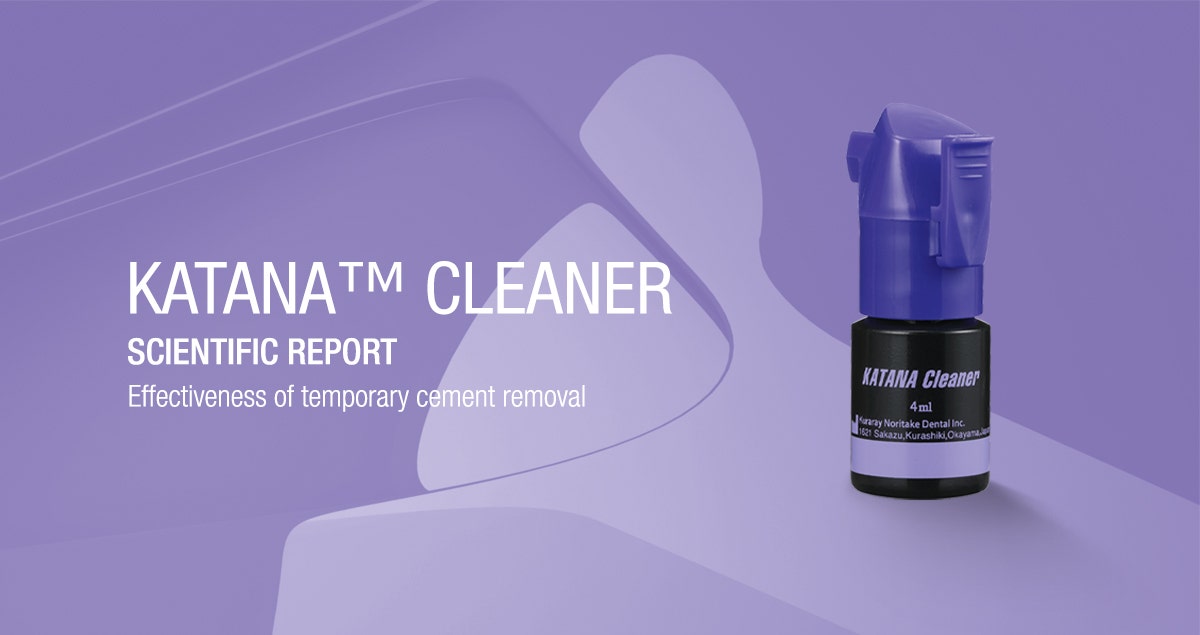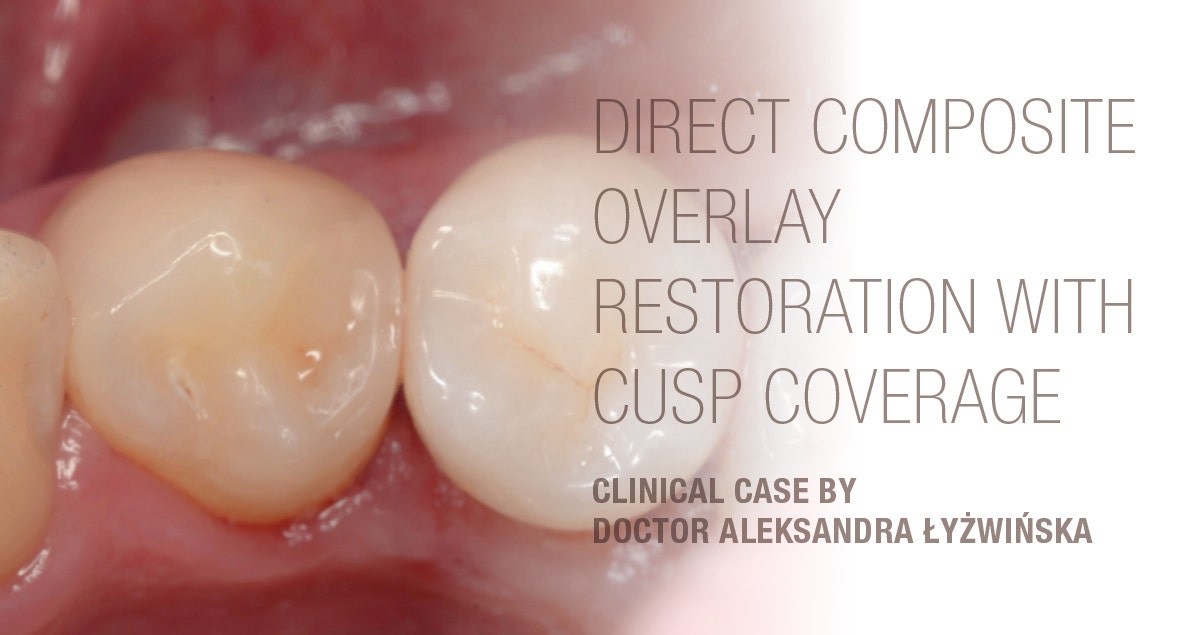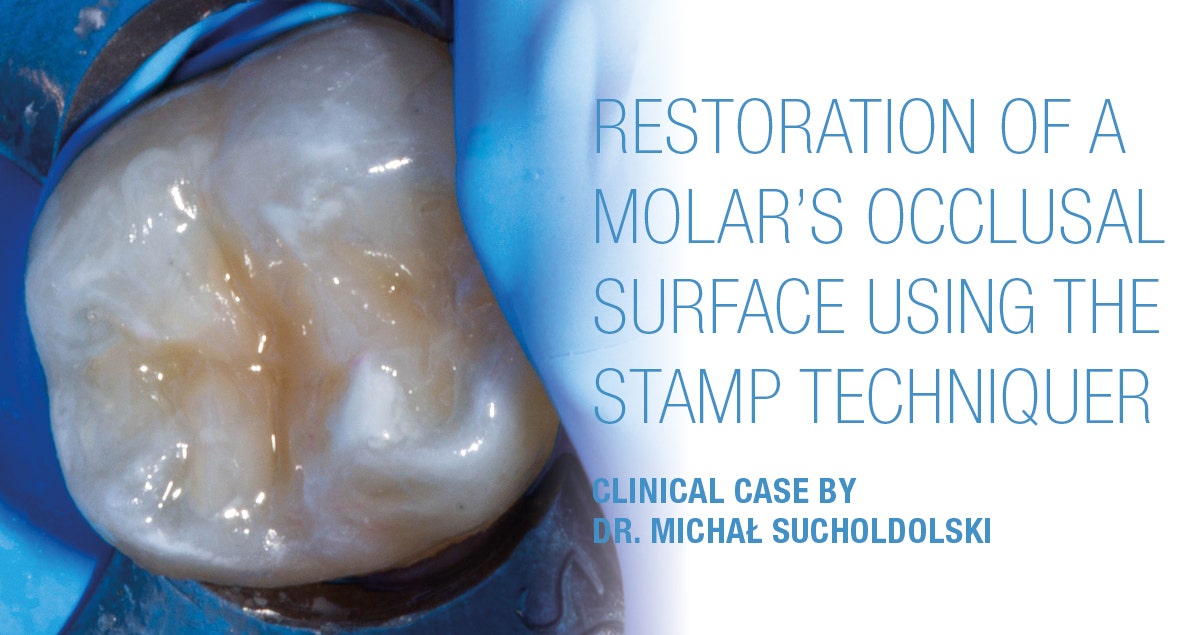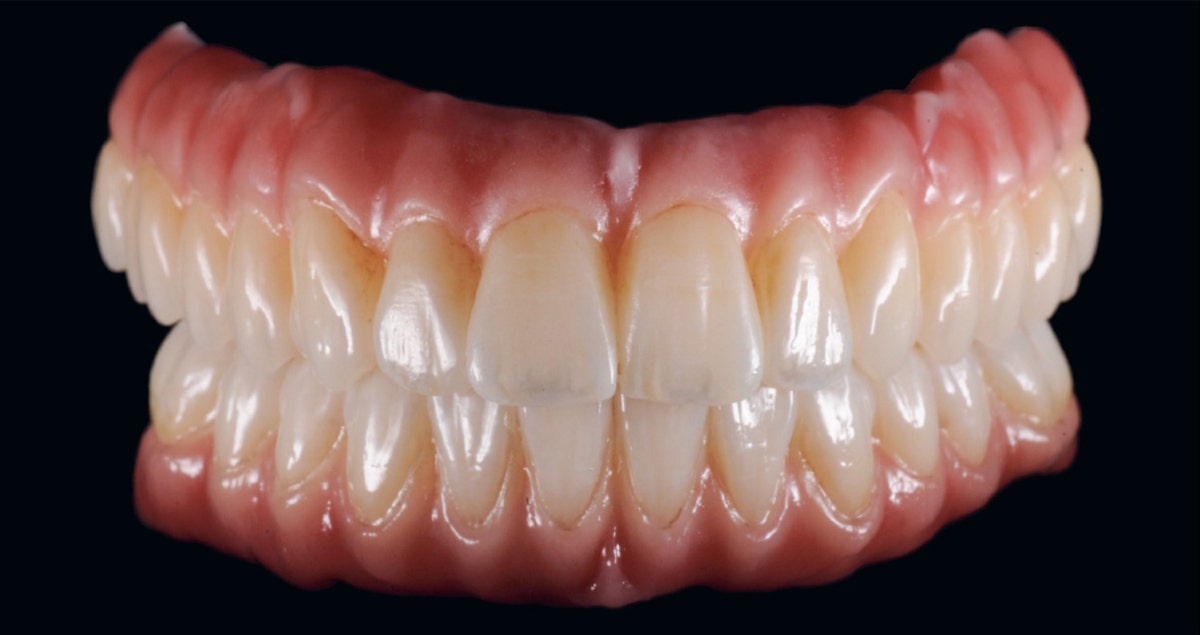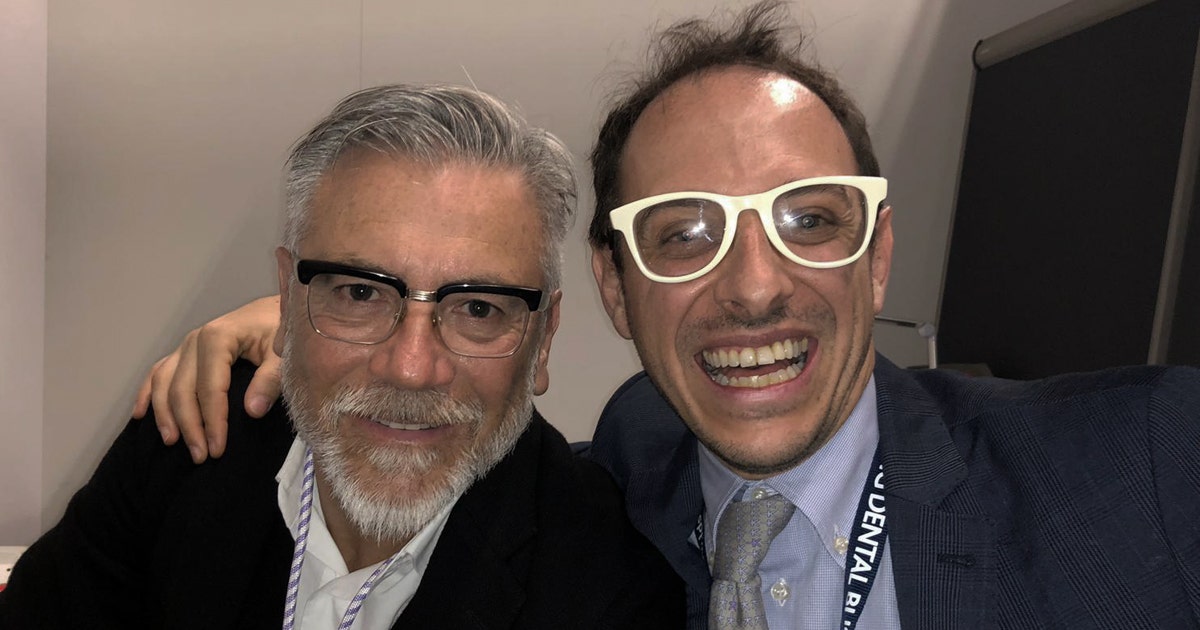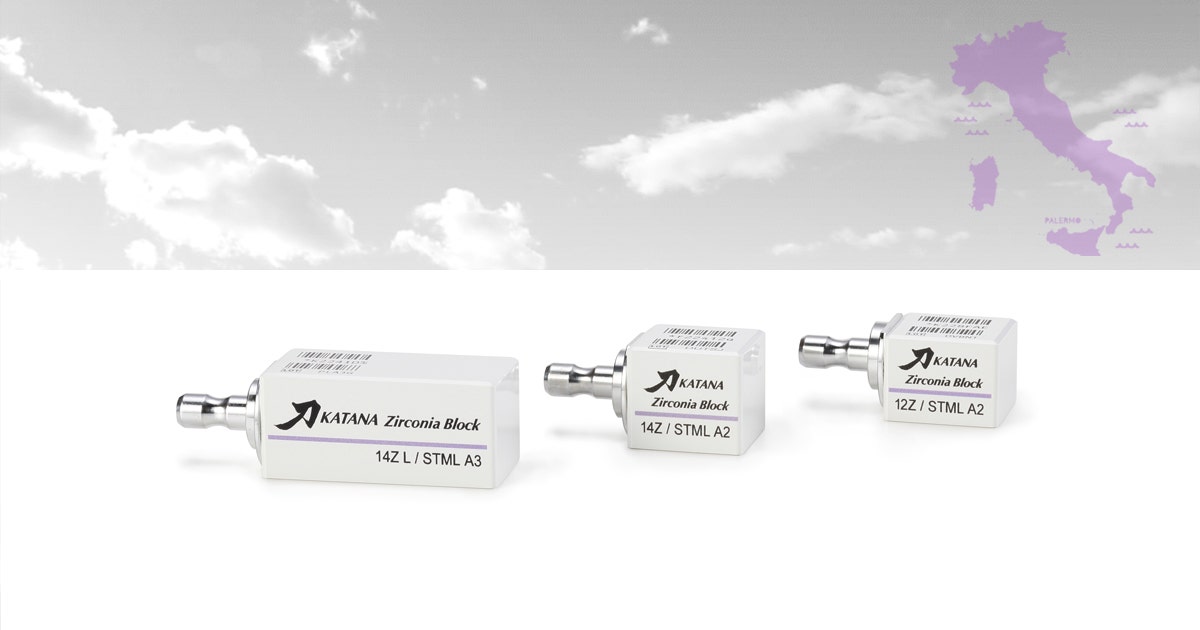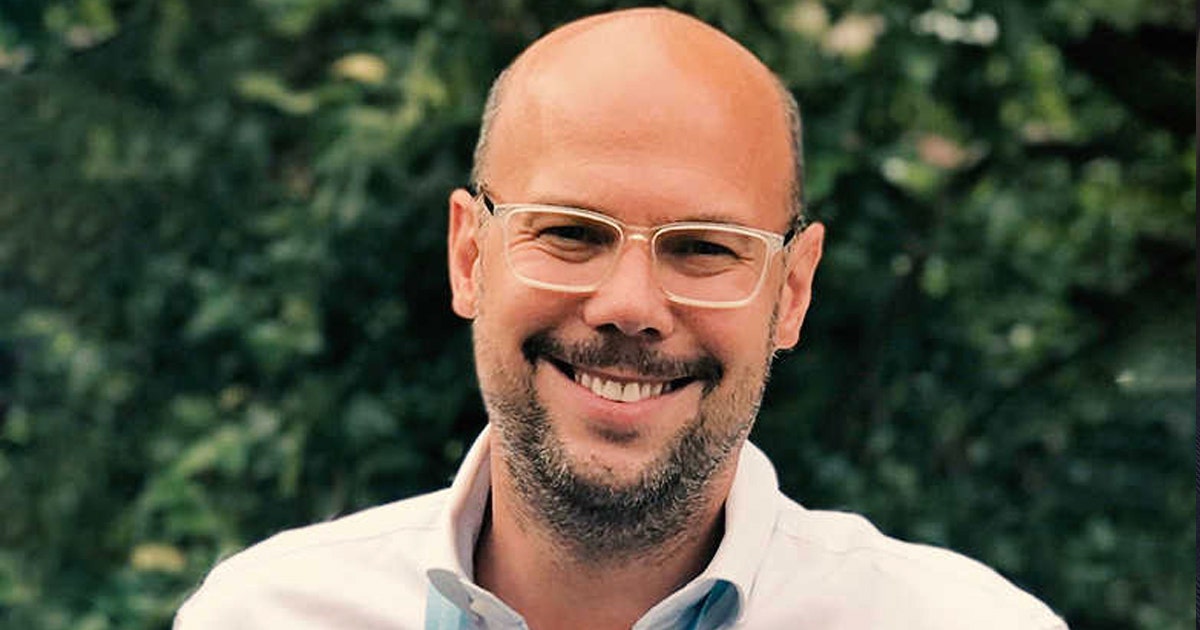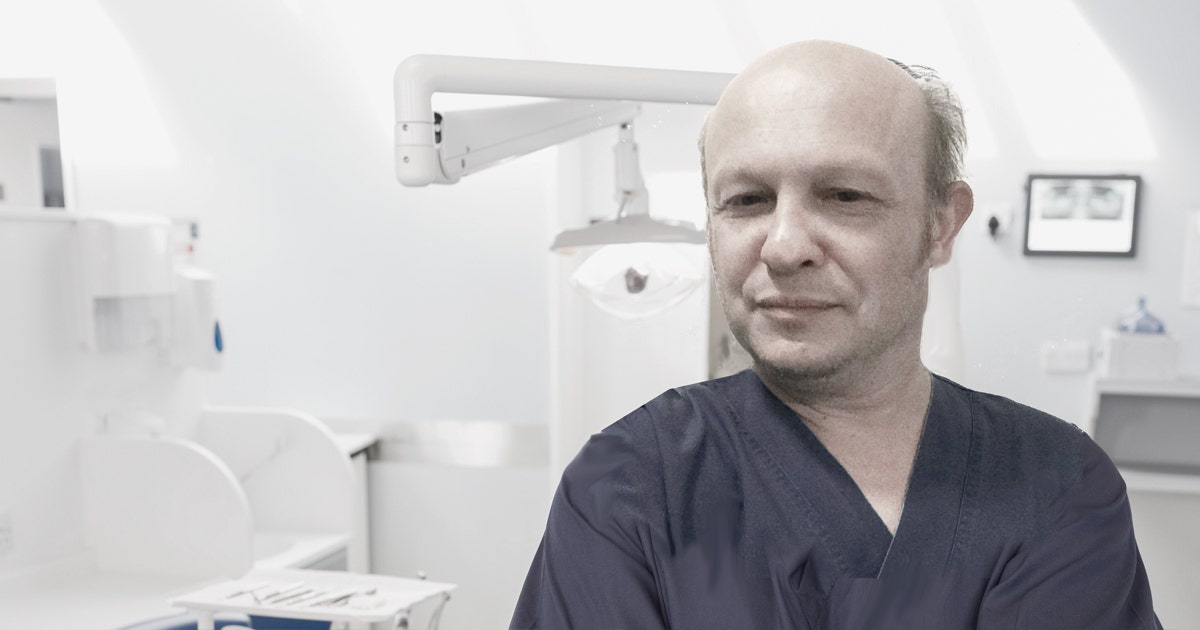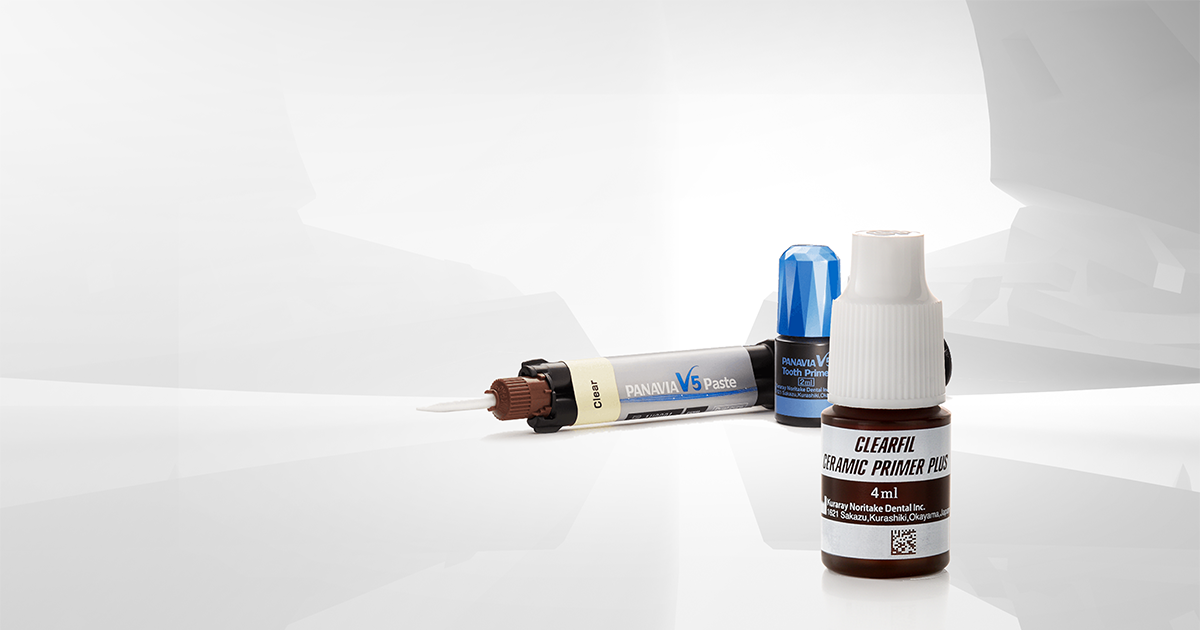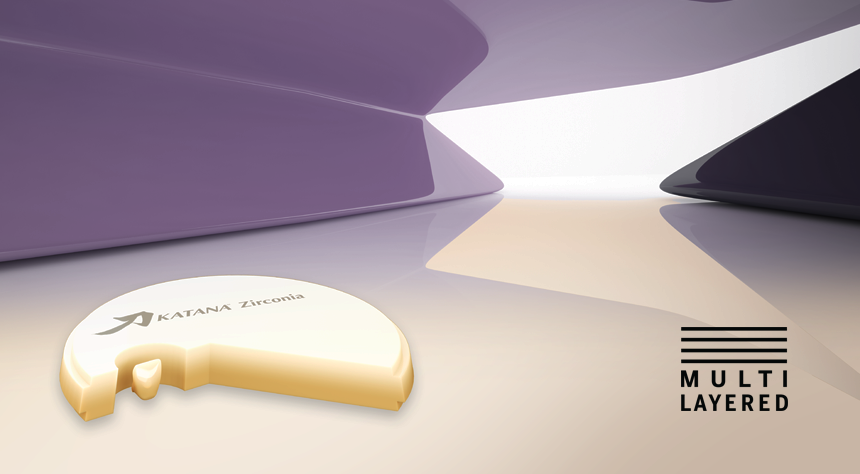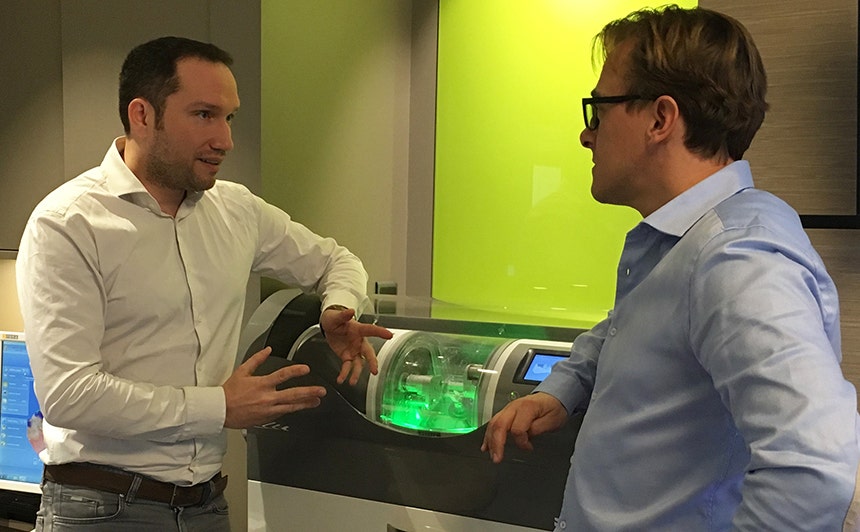Though one is a master dental technician and the other a dentist, Daniele Rondoni and Dr Nicola Scotti share a passion for discovering new materials and technologies to better provide aesthetic, durable restorations for patients. Here, they discuss their dental journeys and how they have integrated Kuraray Noritake Dental’s KATANA™ Zirconia range into their workflows.
How did you get started in dentistry, and what was it about dentistry that first interested you?
Dr Nicola Scotti: Well, my professional interest goes back 15 or 20 years at this point, but I was first introduced to dentistry as a child through my father, who was a dentist himself. I grew up looking at teeth, looking at models, and it was something that was just in my blood. When I had to decide what to study, I followed my heart and decided to become a dentist, and ever since I have remained dedicated to learning new things about it.
Daniele Rondoni: I have a similar story to Nicola. My uncle was a dental technician and that influenced my decision to become a dental technician and open up my own dental laboratory. Though there were many things that interested me, I have always focused on the major possibility that this profession offers, the opportunity not only to use your hands but also to combine this skill with the newest dental technologies available.
Regarding this combination of manual and digital skills, do you still see a role for the dental professional as a craftsperson in this increasingly digital industry?
Scotti: Dentistry, even if the digital influence continues to grow, will surely continue to be a profession defined by what we can do with our hands. You cannot complete a restoration, for example, without having these manual skills. There is also the matter of personalisation. Though machines can create flawless dental restorations in great numbers, it is the artistry of the dental technician that allows our patients to have customised solutions made with the materials and the shapes that suit them best. If you want to provide natural-looking restorations for your patients, digital dentistry is a great tool to use, but you need to have manual skills and a passion for the work as well.
Rondoni: As a dental technician, it is important to remember that my work depends on technology, and so in this way, digital dentistry and the new-generation dental materials have helped my work greatly. Using this technology for individual situations is an essential part of my role, and excellent materials like Kuraray Noritake Dental’s KATANA™ Zirconia range make my artistic vision regarding these situations more easily achievable.
Scotti: In my opinion, even if 90 per cent of the workflow is digital in nature, you need that artistic input and vision for the remaining 10 per cent in order to really create a successful restoration. With KATANA™ Zirconia, these two aspects come together and allow you to create something really amazing.
Speaking of the KATANA™ Zirconia range from Kuraray Noritake Dental, is this material a part of your everyday workflow at this point? What do you see as its benefits?
Rondoni: It is definitely a part of my everyday workflow. I have worked with Noritake materials for many years, but when Kuraray released its newest generation of zirconia, it totally changed my approach in the dental laboratory. Over the last five years, KATANA™ Zirconia has greatly influenced my workflow; it allows me to use certain technologies without forgoing artistic needs, and since it’s available in different translucencies and shades and so on, I can create aesthetic restorations for individual cases with ease.
Scotti: In the past, I didn’t regard zirconia as a material for dentists. We used to take the impression and then ask the dental technician to use zirconia to make a restoration, but we didn’t use the material ourselves. What the KATANA™ Zirconia Block for chairside has introduced is a totally new concept of how zirconia can be used by dentists themselves. Having a material that can create monolithic full-contour restorations, even single crowns, is incredible. Its aesthetic qualities are fantastic as well, as Daniele mentioned, and it gives us a truly new option for treating patients.


